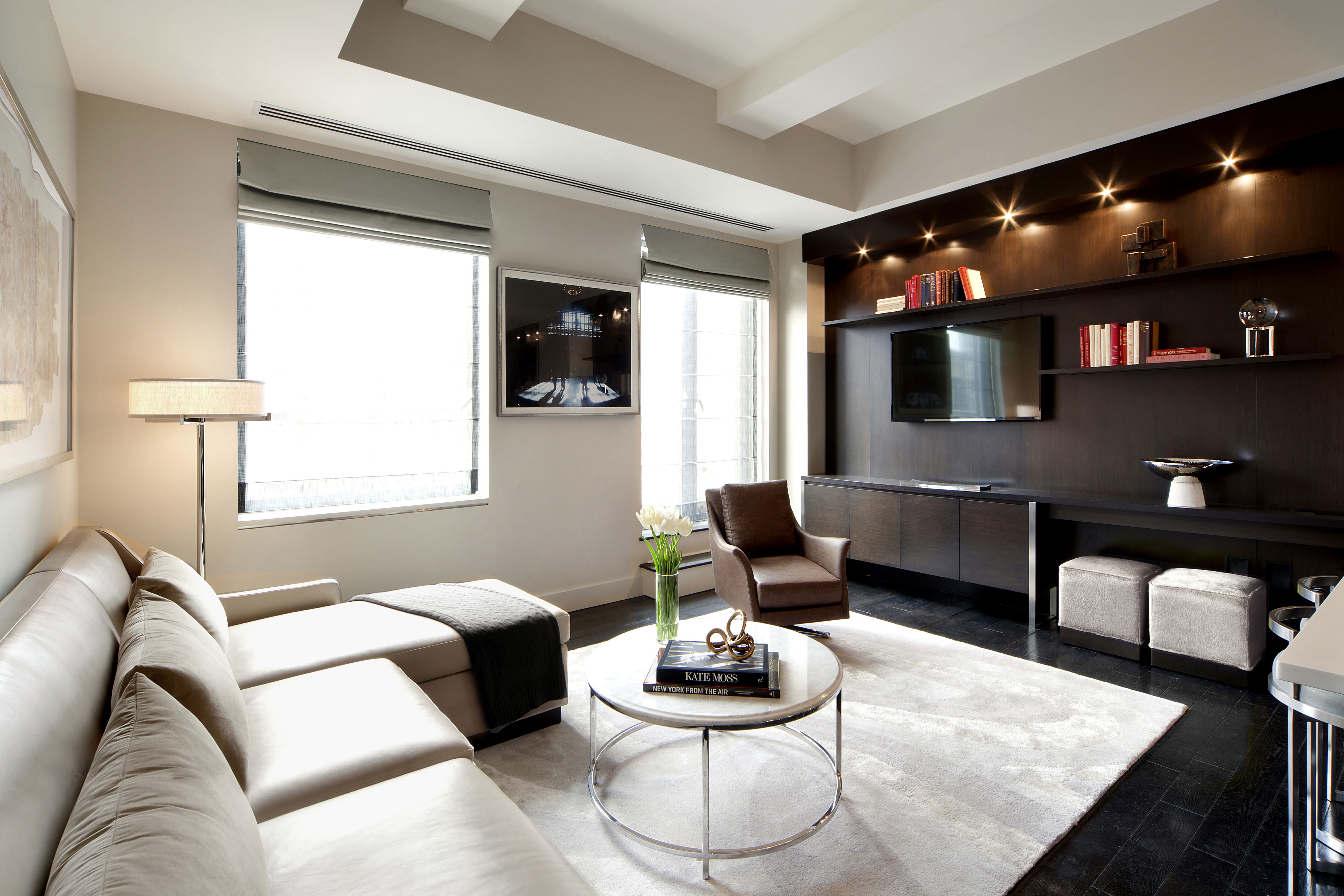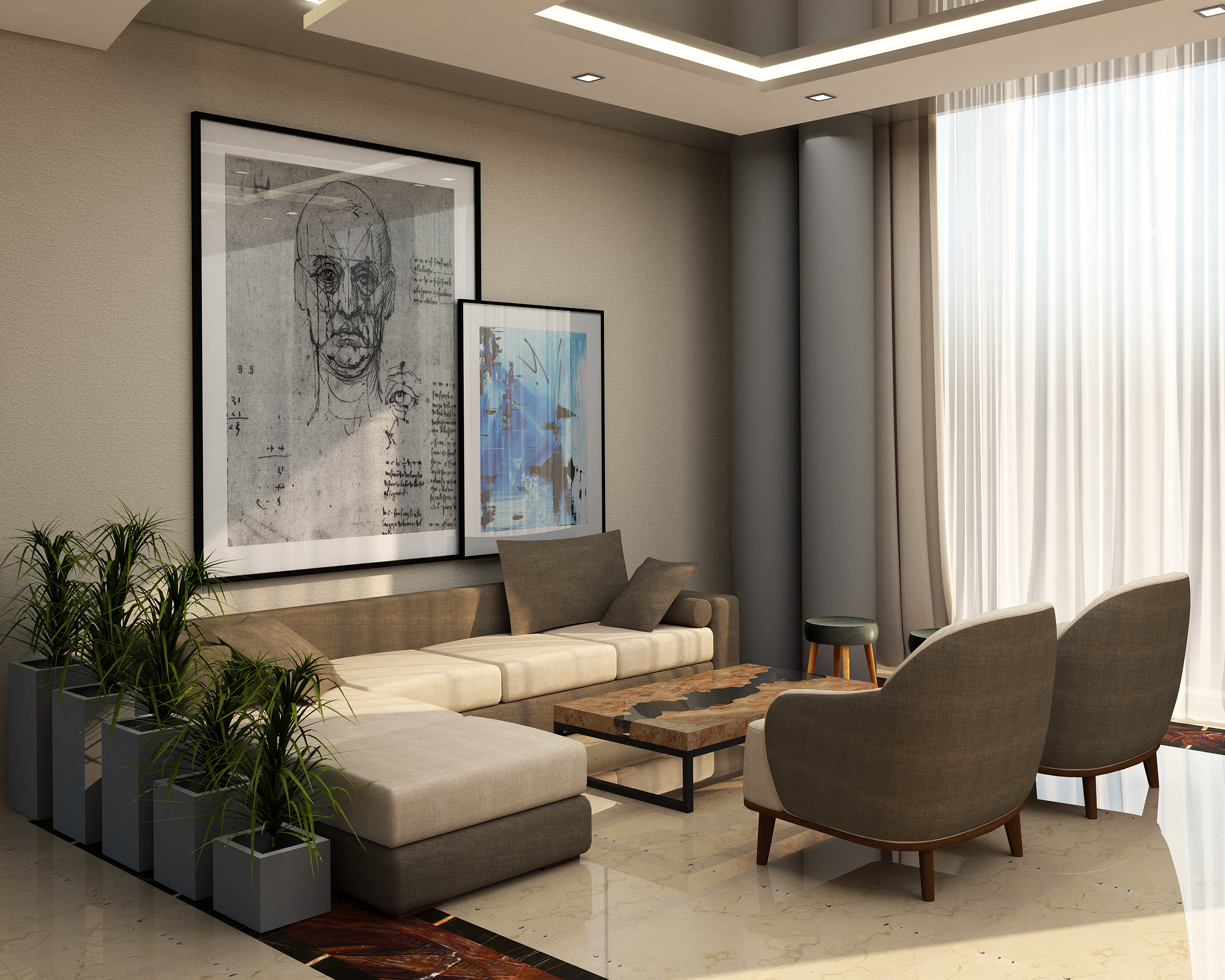Room Design Concepts: Room Interior

Room interior –
Interior design is the art of creating functional and aesthetically pleasing spaces within a room. It involves the selection of furniture, décor, and other elements to create a cohesive and harmonious environment. The principles of interior design include balance, proportion, rhythm, emphasis, and unity.
Different design styles, such as modern, traditional, and bohemian, each have their own unique characteristics. Modern design is characterized by clean lines, simple forms, and neutral colors. Traditional design is more ornate, with intricate details, rich fabrics, and antique furniture. Bohemian design is eclectic and free-spirited, with a mix of patterns, textures, and colors.
The interior of a room can greatly affect the mood and atmosphere of the space. This is especially true for restaurants, where the design can influence the dining experience. For those looking to create a memorable and inviting restaurant, it’s worth exploring best restaurant interior design practices.
By carefully considering elements such as lighting, seating, and décor, restaurants can create a space that enhances the dining experience and leaves a lasting impression on guests.
The choice of color, texture, and pattern can significantly impact the overall aesthetic of a room. Color can create a mood or atmosphere, while texture can add depth and interest. Pattern can be used to create visual interest and movement.
The room interior is a reflection of the personality of the people who live in it. It can be a place of comfort, relaxation, and creativity. If you are looking for ways to improve the look and feel of your room, you may want to consider working with a decor company.
These companies can help you choose the right furniture, colors, and accessories to create a space that is both stylish and functional.
Color
Color is one of the most important elements of interior design. It can create a mood or atmosphere, and it can also be used to make a room look larger or smaller. Warm colors, such as red, orange, and yellow, are energizing and inviting. Cool colors, such as blue, green, and purple, are calming and relaxing.
- Warm colors can make a room feel more inviting and cozy.
- Cool colors can make a room feel more spacious and airy.
- Neutral colors, such as white, black, and gray, can be used to create a more sophisticated and timeless look.
Texture, Room interior
Texture is another important element of interior design. It can add depth and interest to a room, and it can also be used to create a sense of luxury. Rough textures, such as burlap and tweed, can add a rustic or industrial feel to a room. Smooth textures, such as silk and velvet, can add a more elegant and sophisticated touch.
- Rough textures can add a rustic or industrial feel to a room.
- Smooth textures can add a more elegant and sophisticated touch.
- Mixing different textures can create a more visually interesting and dynamic space.
Pattern
Pattern can be used to create visual interest and movement in a room. It can also be used to add a touch of personality. Small patterns, such as stripes and polka dots, can be used to create a more subtle look. Large patterns, such as florals and paisleys, can be used to make a more dramatic statement.
- Small patterns can be used to create a more subtle look.
- Large patterns can be used to make a more dramatic statement.
- Mixing different patterns can create a more visually interesting and dynamic space.
Furniture Selection and Arrangement

The furniture you choose and how you arrange it can make a big difference in the overall look and feel of your room. When selecting furniture, it’s important to consider the room’s design and functionality. You’ll also want to choose pieces that are comfortable and stylish.
Once you’ve selected your furniture, it’s time to arrange it in a way that creates a cohesive and inviting space. Here are a few tips:
Furniture Arrangement
- Start by placing your largest pieces of furniture first, such as your sofa, bed, or dining table.
- Arrange your furniture around a focal point, such as a fireplace, window, or piece of art.
- Create conversation areas by grouping furniture together in clusters.
- Leave enough space between pieces of furniture so that people can move around comfortably.
- Use rugs to define different areas of the room and to add warmth and texture.
Accent Pieces and Accessories
Accent pieces and accessories can add personality and style to your room. When choosing accent pieces, consider the overall design of the room and the colors and patterns you’ve used. You’ll also want to choose pieces that are functional as well as stylish.
- Throw pillows can add a pop of color and pattern to your sofa or bed.
- Artwork can add interest and personality to your walls.
- Vases and bowls can be used to display flowers or other decorative objects.
- Mirrors can make a room look larger and brighter.
- Plants can add life and freshness to a room.
Lighting and Ambiance

Lighting plays a pivotal role in shaping the atmosphere and functionality of any interior space. Understanding the different types of lighting and their impact on ambiance is crucial for creating a cohesive and inviting environment.
Types of Lighting
- Ambient Lighting: Provides general illumination, evenly distributing light throughout the room. This can be achieved through ceiling lights, chandeliers, or wall-mounted fixtures.
- Task Lighting: Focuses on specific areas for activities like reading, cooking, or working. Examples include desk lamps, under-cabinet lighting, and bedside lamps.
- Accent Lighting: Highlights architectural features, artwork, or other decorative elements to create visual interest and drama. Recessed lighting, track lighting, and picture lights fall under this category.
- Decorative Lighting: Primarily serves an aesthetic purpose, adding a touch of style and personality to a space. This can include chandeliers, pendants, and floor lamps with unique designs.
Impact of Natural and Artificial Light
Natural light has a profound effect on ambiance, providing warmth and a sense of connection to the outdoors. Large windows, skylights, and glass doors allow ample sunlight to enter, creating a bright and airy atmosphere. Artificial light, on the other hand, can mimic natural light or create specific moods and effects. Dimmable lights, colored filters, and smart lighting systems offer endless possibilities for customizing the ambiance.
Creating a Warm and Inviting Ambiance
- Use warm light sources: Choose bulbs with a color temperature between 2700K and 3000K, which emit a warm and inviting glow.
- Layer different lighting types: Combine ambient, task, and accent lighting to create a balanced and visually appealing ambiance.
- Control light intensity: Dimmers and smart lighting systems allow you to adjust the brightness of lights to suit different moods and activities.
- Incorporate natural light: Make use of windows and skylights to bring in natural light, which has a positive impact on well-being and creates a sense of spaciousness.